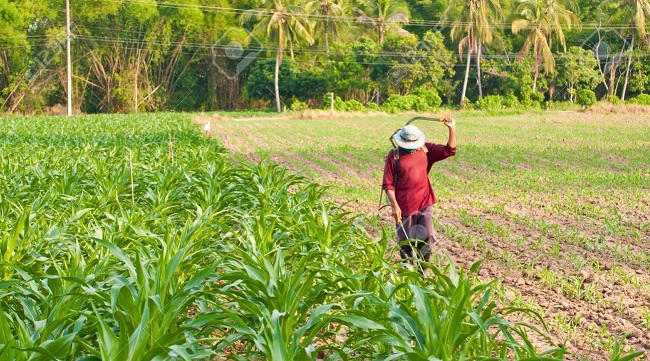As the world grows hotter and the impact of a changing climate becomes increasingly severe, moves are underway in Southeast Asia to put more trees back into the varied landscapes that typify the region.

The 10-member states that make up the Association of South-East Asian Nations, known as ASEAN, with a combined population of more than 650 million people, are fast-tracking the adoption of agroforestry practices as part of efforts to mitigate, and adapt to, climate change.
Agroforestry, the agricultural use of trees, is considered by the bloc to be one of the most sustainable uses of land, which can meet the dual objectives of economic and environmental resilience. With natural forests continuing to decline in both quality and area across the region, largely from pressure for more agricultural land by both small- and large-scale landholders, trees on farms can help restore some of the functions lost when forests are cleared, including sequestering carbon, regulating water in the soil, providing habitat for biological diversity and creating micro-climates that moderate temperature extremes. As well, farmers’ livelihoods improve thanks to a more diverse farming portfolio that spreads risk and provides a range of products for sale throughout the year.
“ASEAN is a world leader in this regard,” said Delia Catacutan, a senior research fellow with World Agroforestry, who led the process. “Many member states are among the most vulnerable in the world to the negative impacts of climate change. It’s prescient of the region’s leaders to recognize that widespread adoption of agroforestry can strengthen communities’ resilience and ensure a diverse range of foods year-round while simultaneously improving livelihoods and the environment.”
Stimulating the integration of more trees into farms, the 40th ASEAN Ministers on Agriculture and Forestry meeting, held in Ha Noi, Viet Nam on October 11, 2018, formally endorsed the ASEAN Guidelines for Agroforestry Development.
In their joint statement, the ministers declared: “We endorsed the ASEAN Guidelines for Agroforestry Development to promote the role of agroforestry in simultaneously achieving economic, environmental and social outcomes at farm, household and landscape levels and help ASEAN Member States achieve their targets related to food security, sustainable growth, reduction of greenhouse-gas emissions, land restoration, watershed protection, gender equality, social/community forestry, climate-change adaptation and mitigation and, more generally, the Sustainable Development Goals.”
The Guidelines were developed relatively rapidly, over 18 months, in a wide-ranging, consultative process led by World Agroforestry in partnership with the ASEAN Working Group on Social Forestry, Food and Agriculture Organisation of the United Nations, national governments, the Centre for International Forestry Research, RECOFTC – The Centre for People and Forests, Non-Timber Forest Products Exchange Programme, Southeast Asian Centre for Graduate Study and Research in Agriculture, CGIAR Research Programme on Forests, Trees and Agroforestry and the Mekong Expert Group on Agroforestry. Non-governmental organisations, indigenous people’s organisations, research institutes, and the private sector gave input to the Guidelines. The process was supported by the ASEAN-Swiss Partnership on Social Forestry and Climate Change.
Consisting of 14 principles and 74 guidelines, the process of developing the document has already prompted Cambodia and Myanmar to embark on “road maps” for agroforestry development. In parallel developments inspired by the wider discussion about agroforestry, Viet Nam has established a national working group on agroforestry and The Philippines has called for a national agroforestry policy or similar guiding document.
